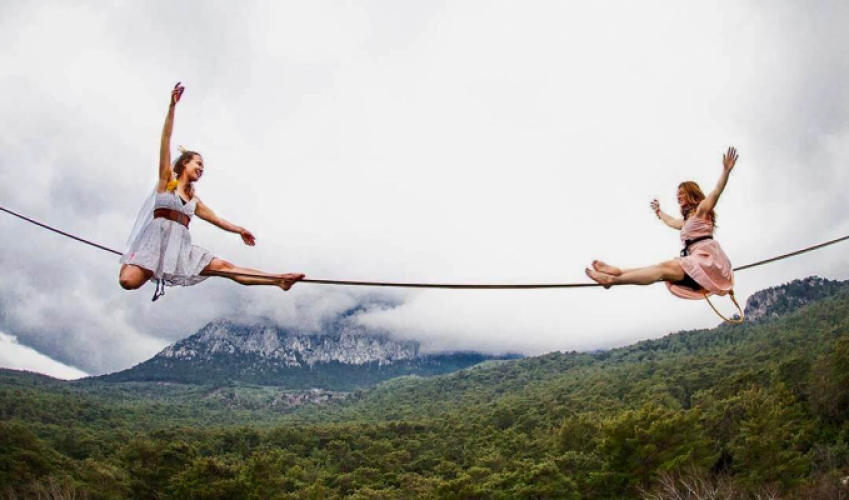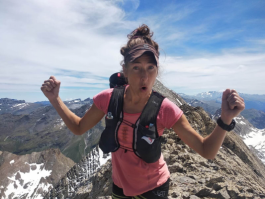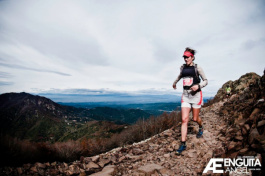Slackline instructor, physical therapist and yogi, Tereza is a holder of several slacklining records. She runs her own “slacklife” therapy website, which offers a unique combination of modalities – yoga, slackline and physical therapy. Recently, she has also become involved with the Lifefood brand, because she considers healthy food to be the foundation of a healthy and happy life. We asked her not only how to actually find your balance on a slackline, but also how to look for balance in life in general.
You say that practicing slackline has taught you a lot of things that you apply in everyday life. What are they?
Slacklining is a philosophy of life for me. Walking on a slackline is not just about getting from point A to point B, but it’s mainly about the journey. When doing highlining (slacklining at elevation above the ground or water), it's important not only to keep balance physically, but also to maintain inner balance. If you fall on the way, but still want to get to point B, you only need motivation to get up again, continue on, step by step, breathing regularly, and simply enjoying the moment. When the slackline is very unstable, I try not to keep unnecessary tension in my shoulders and I try to keep smiling! Everything is easier with a smile. And it really works! Sometimes it's good not to take yourself so seriously. And then all of a sudden, it all works out, you don't even know how and you've arrived at point B. I learned this while highlining, but I also use it in life. Most of the time it works. I am simply living a "slacklife".
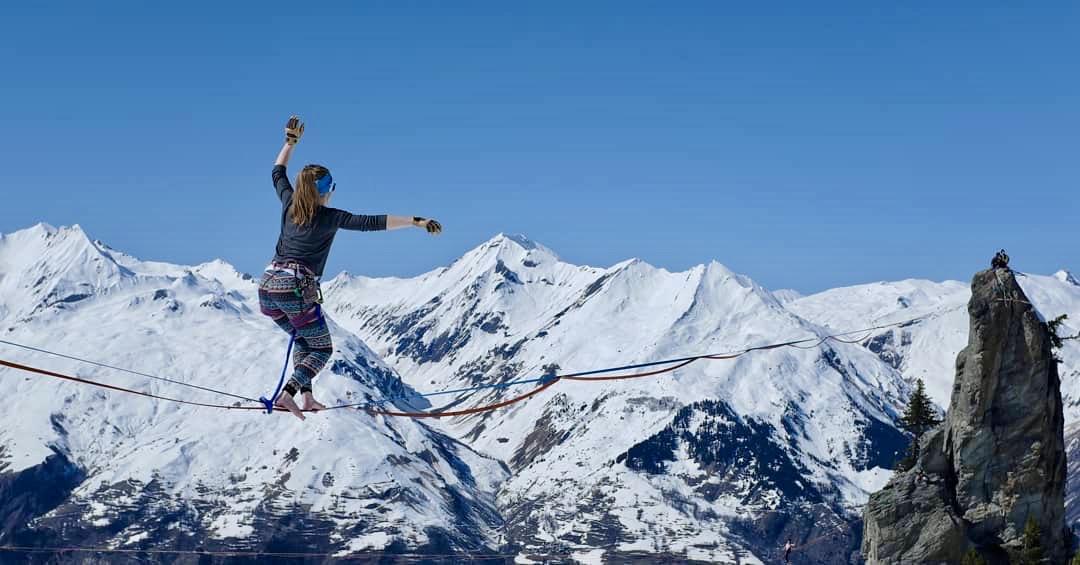
Do you remember when you first stood on a slackline?
I don't remember much about the first time I tried slacklining. But I still have vivid memories from my first performance on the highline. It was in 2011 at a festival in Lublin, Poland. The highline was stretched from the local town hall and people were walking under me. I was pretty nervous. A friend bought me a sunflower so that I would think of nicer things. So, I got up on the highline, sat there for a while, trying to find balance. I didn't do very well. But I thought I would try it anyway. I stood up. I was terribly excited to be standing there until I forgot to breathe and fell into the safety harness. Then the audience was in for a bit of a show as the same friend who gave me the sunflower tried to explain to me in English with a strong German accent how to get back up from the harness onto the highline and towards the anchor. It was an incredible experience and since then I just knew there was something exciting and unusual about this sport.
What fascinated you so much about the line?
I am a girl from southern Bohemia. As a little girl, I played with friends in the fields, we rode bikes, climbed trees, but I never thought, not even in my wildest dreams, that in the future I would balance on a line between two rocks or even mountains - and I've always been a big dreamer.
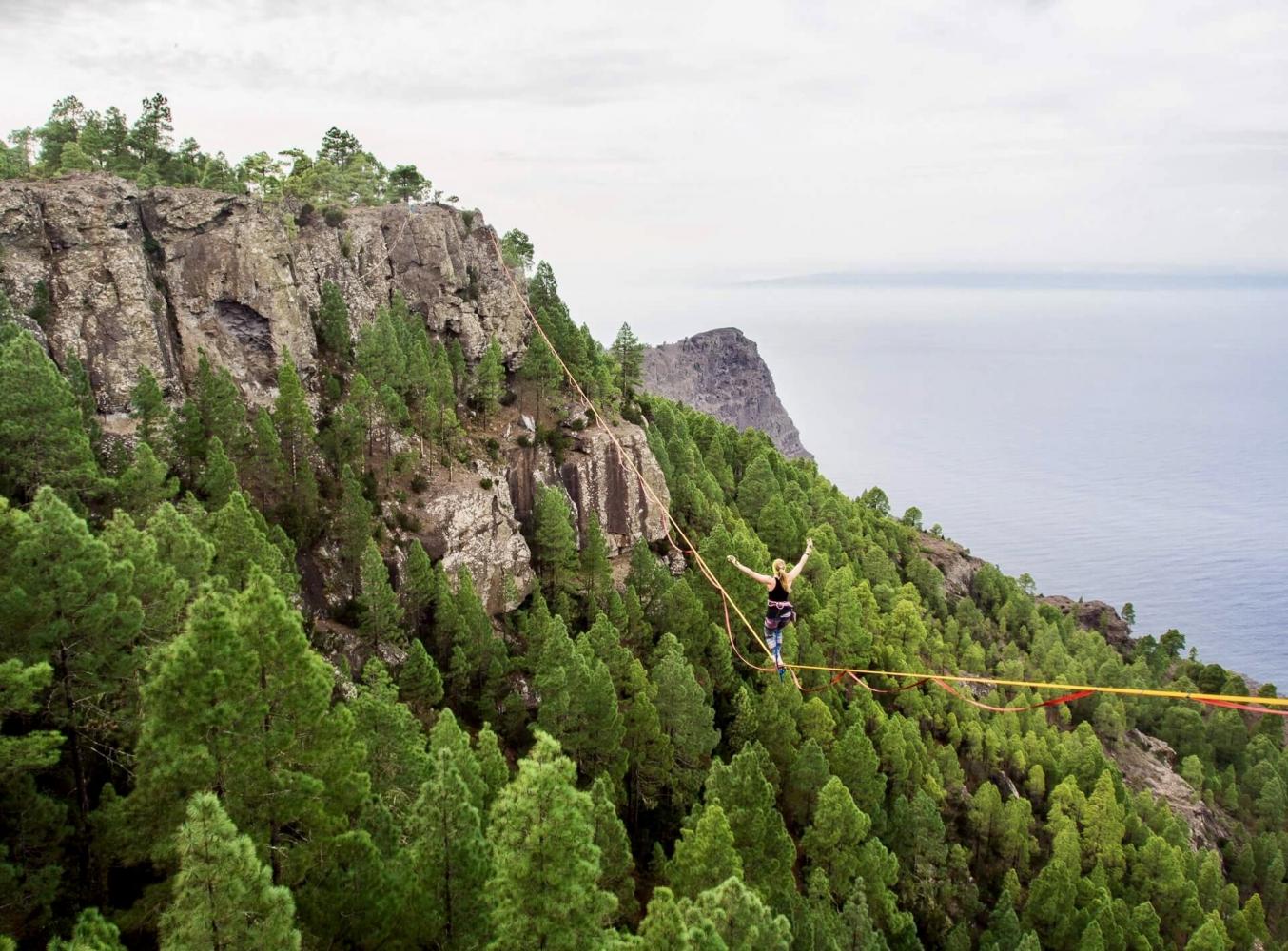
When I manage to stand or walk on the highline and get this feeling like I’m walking on air, it makes me happy. It's a joy similar to when we were small children and had a secret mission, perhaps unimportant to the world, but one that felt highly important to us. And when we achieved it, we felt like such heroes. I'm so happy when I slackline and the little girl in me is just laughing merrily.
What’s going on in your head when you are standing above a deep abyss, just you, the line and the space around you?
It really depends a lot on the place and the people. I'm quite afraid of heights. Sometimes more and sometimes less. But I've also learned to work with fear, so it's different than at the beginning. I try my best not to have any useless or negative thoughts before I go on the line. I focus on the important things. Then I just try to enjoy the moment. When I'm scared, I tell myself that it’s only fear, nothing else. I gather up my courage and say to myself that I've done it a thousand times and that my body will know exactly what to do if I just give it a chance.
Then when I start walking on the line, I just try to enjoy it – to enjoy the place where I am at the moment and how great it is that I can actually balance on such a thin strap. I often wonder how it’s possible that I do something like this when I’ve always been such a “scaredy-cat”. But I've already learned that when we're afraid of something, we usually imagine it much worse than it really is. Our imagination is unlimited, and when we let it run loose our fear overwhelms us. So, whatever it is, I always try to give it a shot, even though I'm afraid - whether it's because of the height or that I fear that I won't be able to do it. Usually, I find out that nothing is as terrible as I had imagined. I enjoy the moments that I manage to do things that I couldn’t have even imagined doing before.
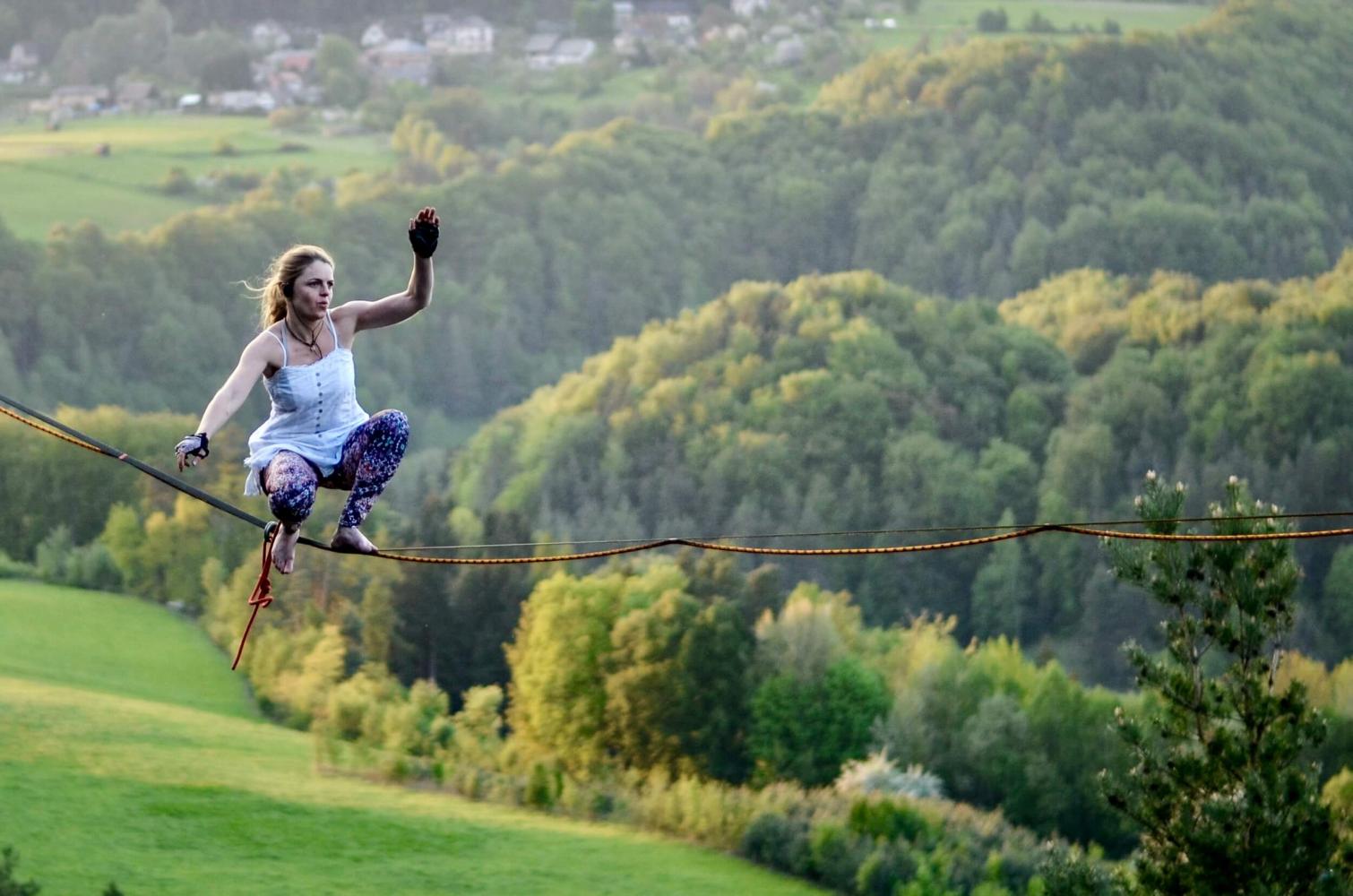
Does the line somehow reflect our inner world?
In my case for sure. Sometimes we say “it's good to leave your brain somewhere on a rock”. , because when a person thinks too much about something or is bothered by something, they lose concentration. One must concentrate on the line in order not to fall. So, whenever something in my life was bothering me or I didn't have much trust in myself - even though it could have been completely unrelated to slackline, it definitely affected my ability to slackline. Most of the time, it disturbed my focus on slackline, and then maybe I couldn't do it at all, I got up, took a few steps and then sat down. I just couldn't concentrate on it, a lot of other things were running through my head, instead of the fact that I'm on the highline and that I should enjoy it.
What is your advice for people like me, for whom walking on a thin line seems like something completely impossible. As soon as I try to stand on it, it sways under me and that's the end. I can’t manage a single step :) ...
This question warms my heart, because I would have asked a similar question ten years ago. For beginners, it is completely normal that the line shakes, it is important to realize that usually you are shaking the line yourself. It is also important to keep breathing. Sometimes when the line seems unstable, one completely forgets to breathe. That won't help. So, inhale, exhale, and then try.
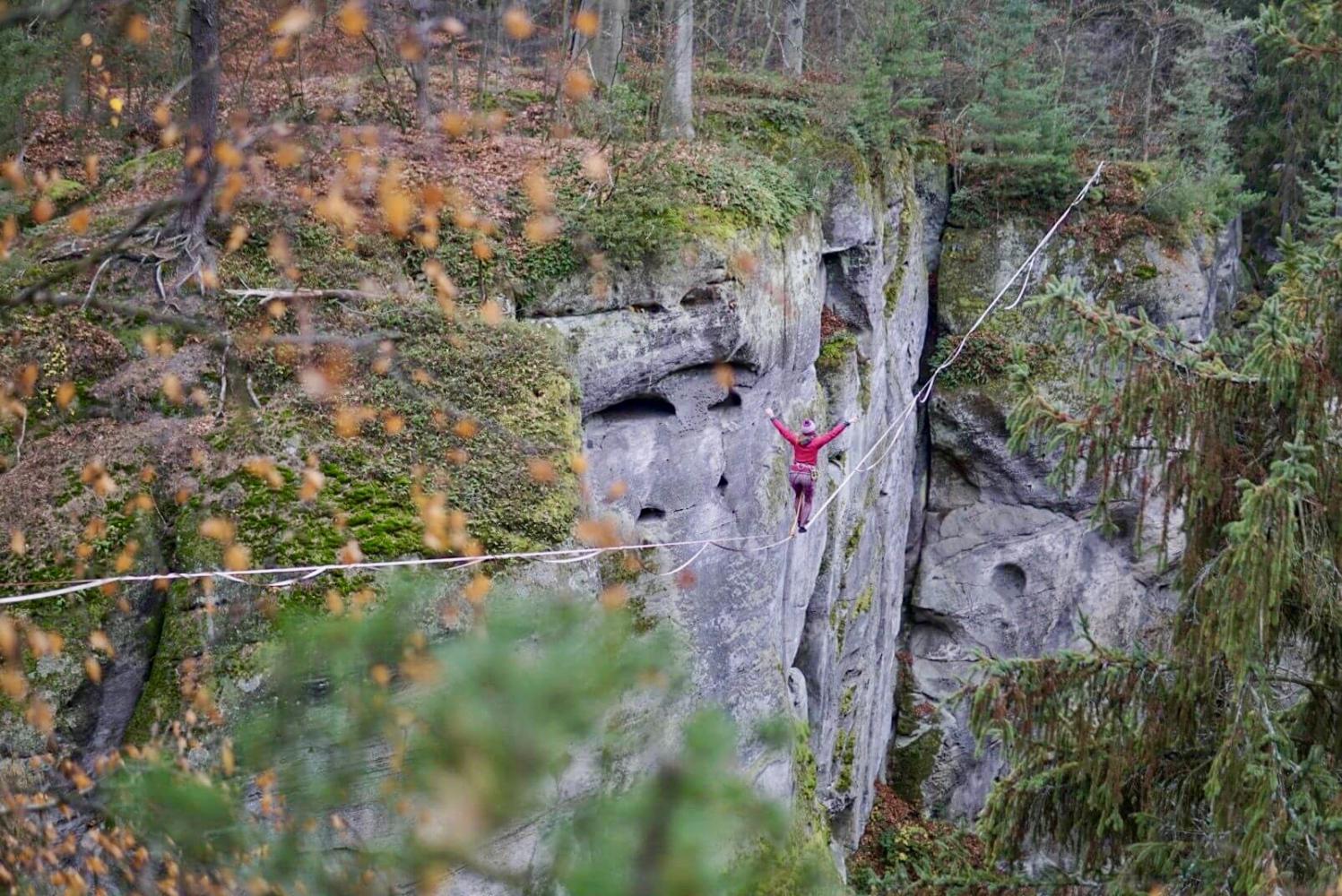
What is the biggest mistake on the line?
I don't know if this is the biggest mistake, but I've often noticed it with beginners. People often try too hard: to put the other leg up on the line, to stand up, and they completely forget that it is about finding balance. Sometimes it takes longer to find balance, sometimes it happens immediately, but that moment of balance is always there, it's only about finding it and then keeping it.
Walking up in the air, balancing, it all looks very beautiful. Is there something hidden behind it? For example, when beautiful ballerinas have ugly and destroyed legs?
At first, I had a lot of bruises on my legs. When I was beginning to highline, the popular advice at the time was to grasp the line, in other words catch the slackline with your hands or feet and avoid falling into the harness. A few years ago, slacklining was experiencing a great boom and many more people began to devote themselves to this sport. Every few months the world record was broken and with that the stretching of bigger lines became more popular.
Also falling into the harness started to become the standard. I also eventually learned to fall into the harness rather than catching the line, so I have fewer bruises from the line. But still there were injuries, I have a few stitches around my ankle, had a broken arm and once I broke my ribs, not directly on the highline, but because I fell going up to the highline. Fortunately, I was secured, so it resulted only in a rib injury and also crying the entire night, because every breath hurt like a nail to diaphragm. So, I felt sorry for myself, but slowly I got better.
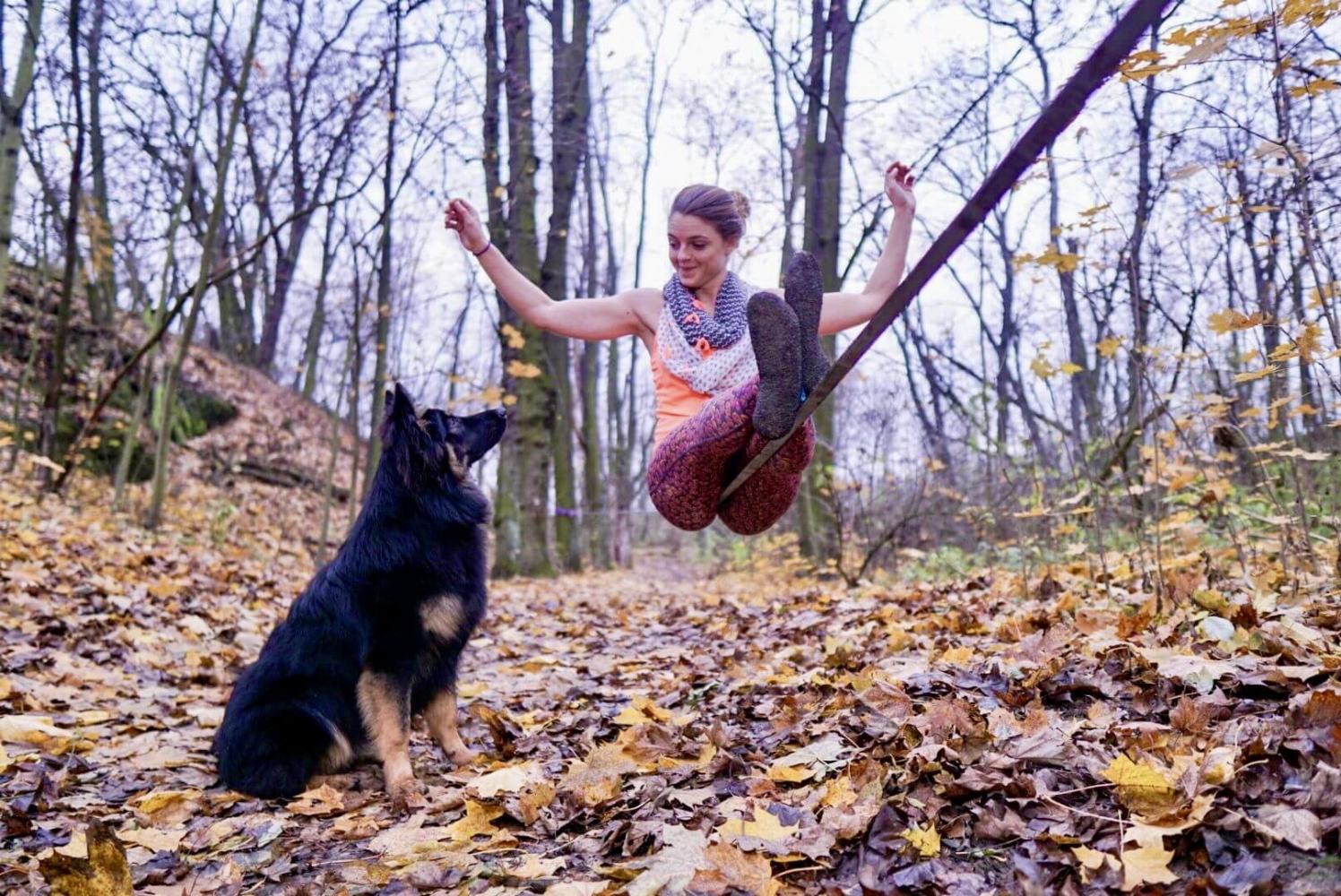
Do you have any goals or dreams when it comes to slacklining? What would be the absolutely highest achievement for a slacklinist, and is there even one?
Nowadays, I have even more dreams and goals that I wish to achieve when it comes to slacklining. One of my dreams was to cross 100m on the highline. I succeeded in that last year. Only a few months later, I found out that I was the first Czech person to achieve it, which I had absolutely not expected. So, it was celebrated twice. This year, I set a new personal record again. I wouldn't be against trying to walk on even longer lines. I'm still trying to improve and to learn new things. There's a lot I can't do yet and a lot of room for improvement.
Another dream of mine is my Slacklife-therapy project. When I started out with slacklining and was wondering about what to do with my life, I found it a bit selfish to just be a professional slackliner. It focuses on one's own training, one's own projects, and it is quite a selfish way of life. When I thought about what I actually know and what I can do, I came up with the combination physical therapy and slacklining. I'd like to do something that has a deeper purpose. As a physical therapist, I constantly see people in pain.
Somehow we get used to the pain. It's perfectly normal for someone to tell me that their back has been hurting them for several years already, but that it's come to the point where it really limits their movement. It occurred to me that for every bad back that I help treat, 100 more come and the reasons are always the same: we have bad posture, we sit too much, sleep too little, we eat badly and we move too little or with bad form. People are often hurting themselves and aren’t even aware of it. Our body is an incredible vehicle to enjoy our life on this planet, but unfortunately often we don’t know how to use it properly. Both education and prevention of injuries are lacking.
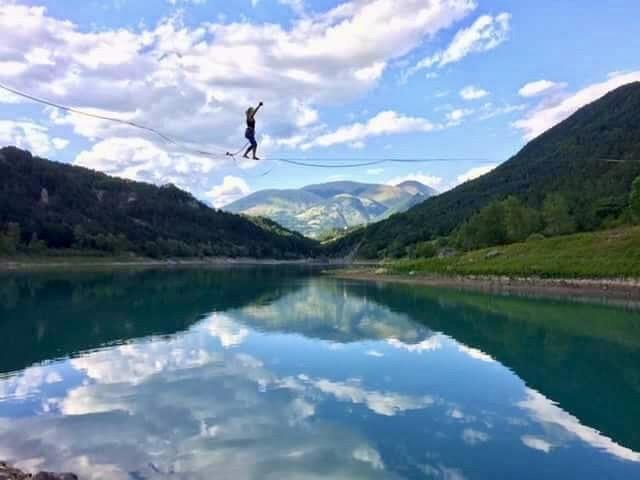
Slacklining is such a great diagnostic tool, a trained eye immediately sees where you have a body imbalances when you are trying to balance on line. It came to me as a great way to combine something fun with something useful. While slacklining you can also exercise various forms of strengthening, stretching or stabilization of joints. So, my vision is to use slackline and yoga workshops to talk about proper posture, how to perceive and listen to our body. It works beautifully - if you improve your posture, the slackline moves less. It's just unbelievable how everything is interconnected.
You are a physical therapist. Do you still pursue this profession?
Yes, I do, although I never really wanted to be locked up in the office all day, even though I really enjoy doing physical therapy. Then I found the perfect solution: I practice physical therapy in the mountains during winter where I help treat people who fall and injure themselves while skiing. In the summer, I substitute for physical therapists in France. When the regular physical therapist goes on vacation, I take over the practice until they return. This allows me to be my own boss a little bit, so I still have time to focus on slacklining, yoga and other interests. I try to balance my time between helping others and enjoying myself.
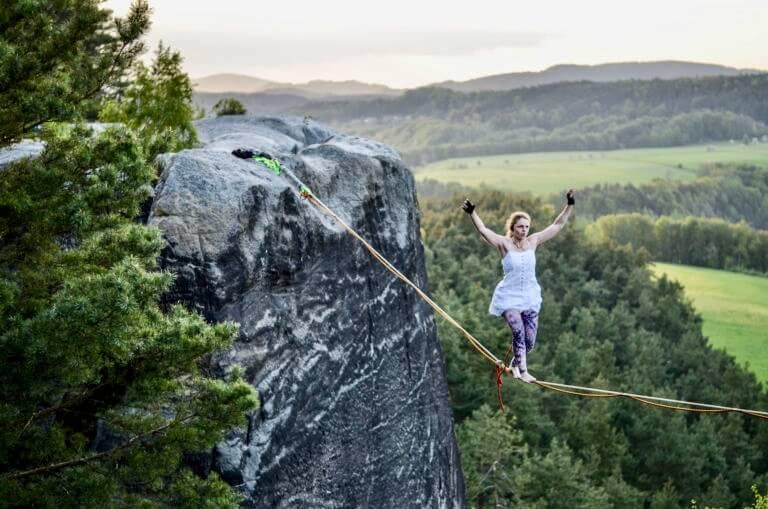
In terms of physical therapy is slackline a good sport?
Definitely. I wrote my thesis on this topic while I was doing my exams to become a slackline coach. Of course, as with everything in life, you can get hurt while slacklining as well. But otherwise, it's a really great sport. It is suitable for families with children, you can slackline out on a picnic for example. It’s also suitable for adrenaline lovers as well. It can be used for training, rehabilitation, but also just for fun. And I personally, if the conditions at work allow it, bring slacklining into my work. My patients are used to practicing on a slackline. I would easily recommend slacklining as a rehabilitation aid for any physical therapist's practice.
You also practice yoga. Can you recommend the top three asanas that have the maximum benefits and whose daily practice can really significantly improve one's life?
As the most important, I would mention breathing. Yoga is a lot about breathing and it is important to learn how to breathe properly. Most people breathe completely wrong. Yes, it's not an asana. But I would definitely recommend breathing properly and immediately you will notice more energy and often even your mood will improve.
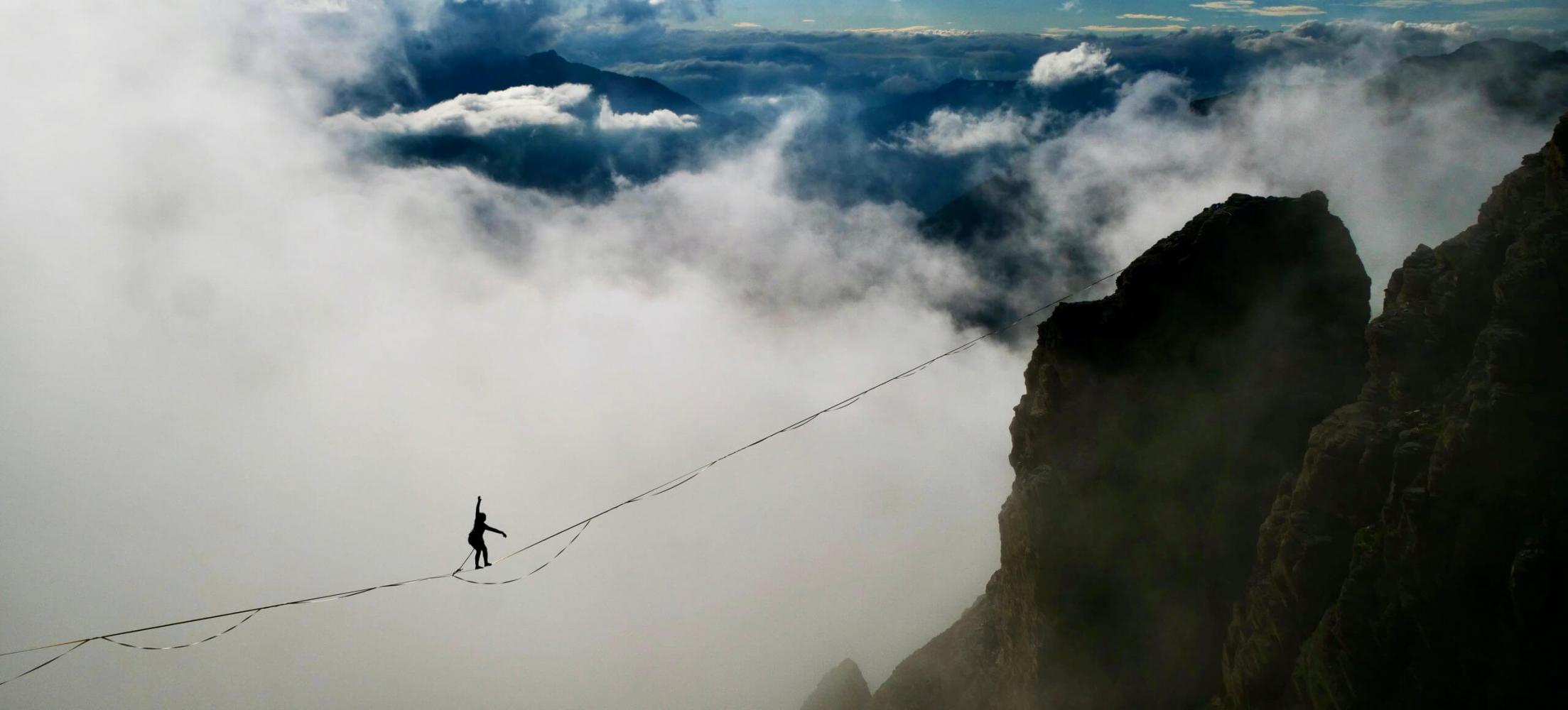
Then definitely, the position of the downwards facing dog, adhomukasvanasana, and then the position of the warrior, virabhadrasana. These are definitely the asanas that I most often recommend to my patients. However, it's important to have someone explain and show you how to perform these postures correctly. There are so many yoga videos on the Internet at the moment that the true philosophy of yoga can get a bit lost.
In general, what is the biggest mistake people make concerning their health today?
Probably taking it for granted. They chase after a lot of things, but there is no time for health. Only when something doesn't work, they realize how many of the things they were chasing after were trivial and insignificant. Don't take it for granted and don't rely on being cured by a doctor, physical therapist or a healer. One's health is one's own responsibility. No one knows how you feel in your body, only you, so it is important to learn how to listen and be able to work with the information that the body gives us. We should teach this to our children - how to take care of their health, both physically and mentally. Children can easily find facts like the year Napoleon died on the Internet, but how to listen to the body and take care of one’s health is not as easily found. Unfortunately, at the moment the way our education system works seems to be completely the other way around.
And if there were only one thing you would recommend to people to improve their quality of life, to be happy and satisfied, what would it be?
I think, to be able to look at things from a different perspective is a great and useful tool. From the point of view of a friend, of a parent, of a child and even from my point of view, looking at things in a different light. It allows a person not to take things very personally. Gaining an overview perspective, so to speak - at least this is what helped me. I do not dare to put myself in a position to claim that this is a guaranteed recipe for happiness. However, there is something about the fact that we each somehow create our own reality. Some people imagine an apple always red, some always green. So, when I'm sad or unhappy, I try to look at things from a different perspective, look for the positive things I can learn from it. Don't waste energy on the negative. I always just try to look at a specific situation from a different perspective. You can always find a better or worse point of view.
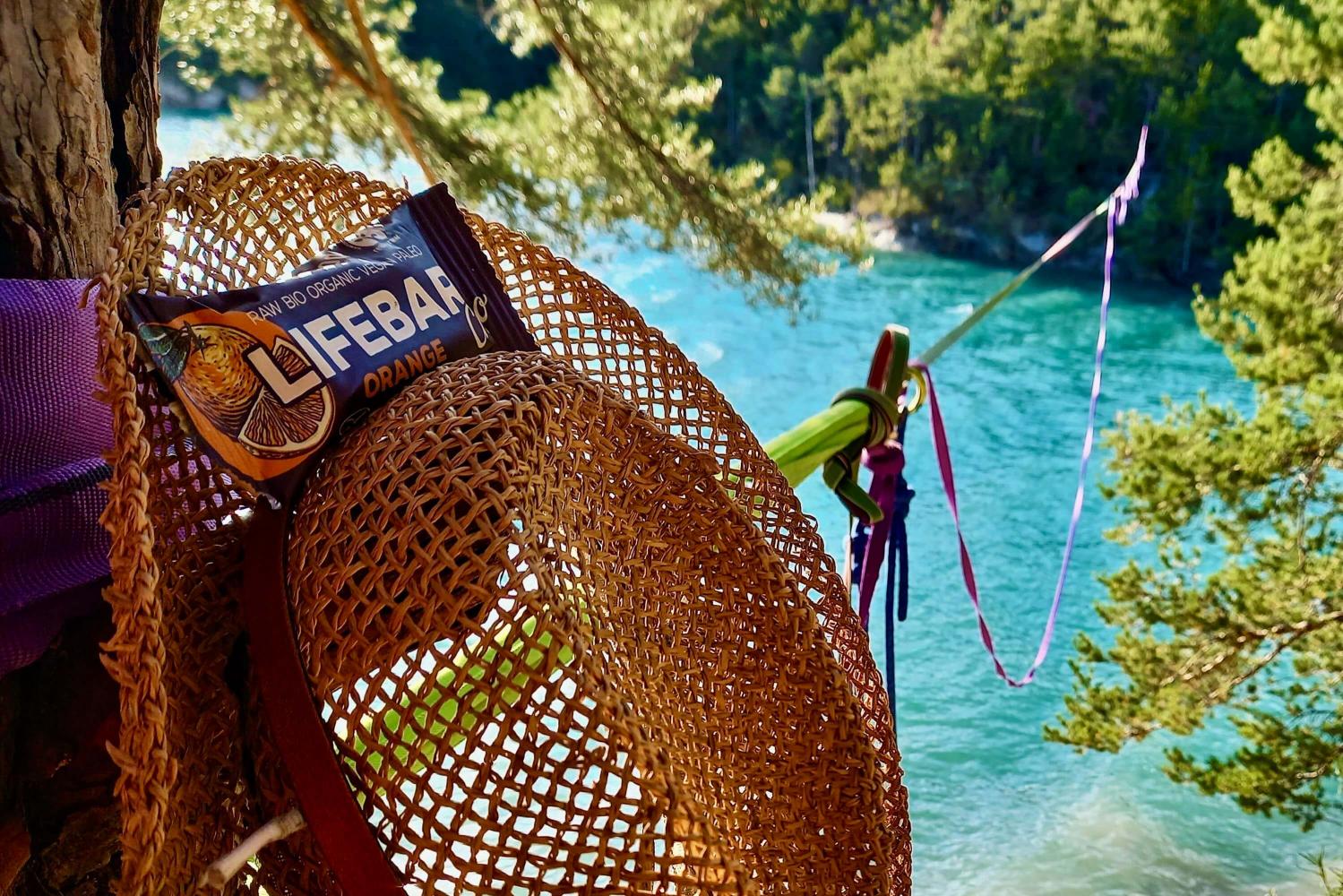
.

